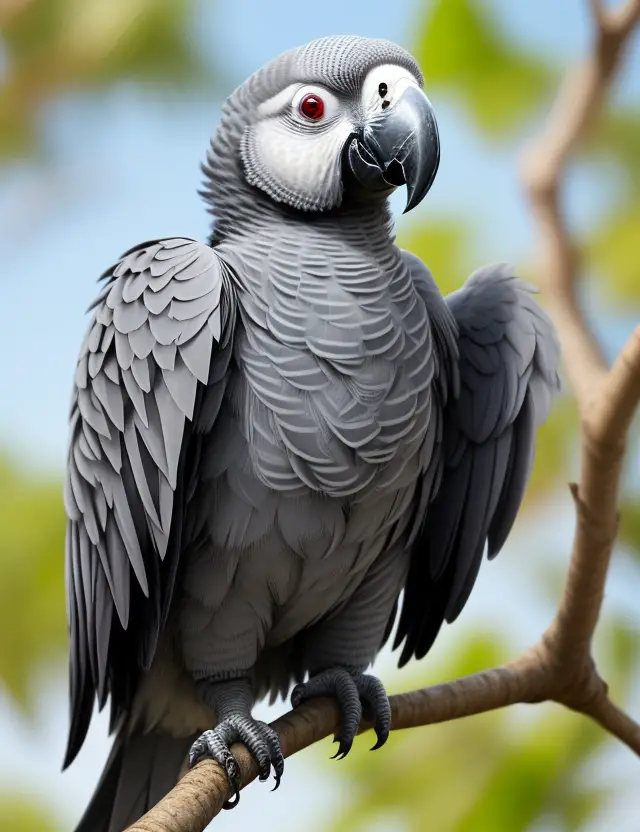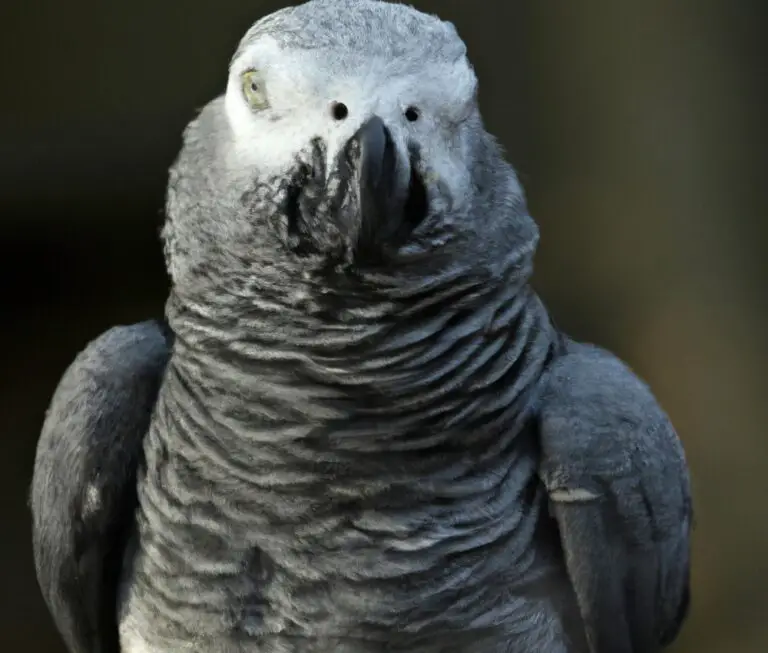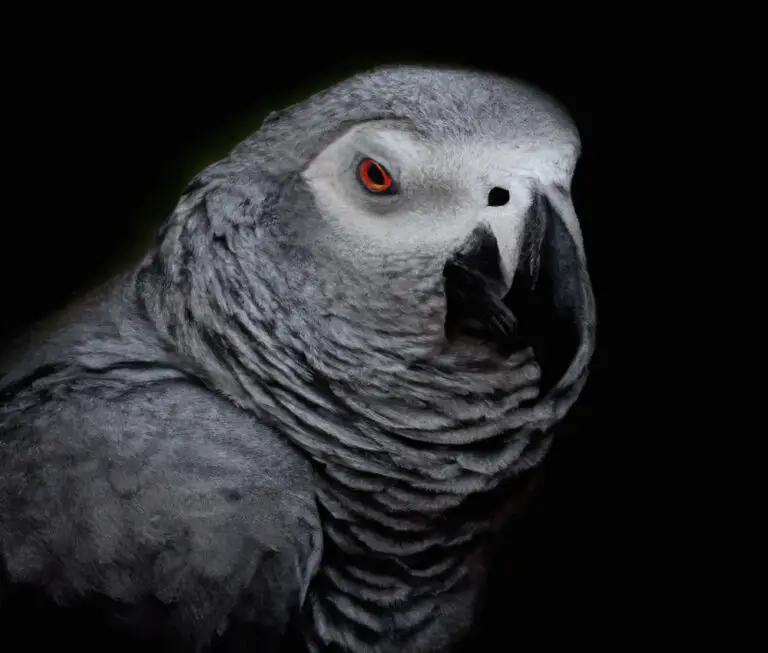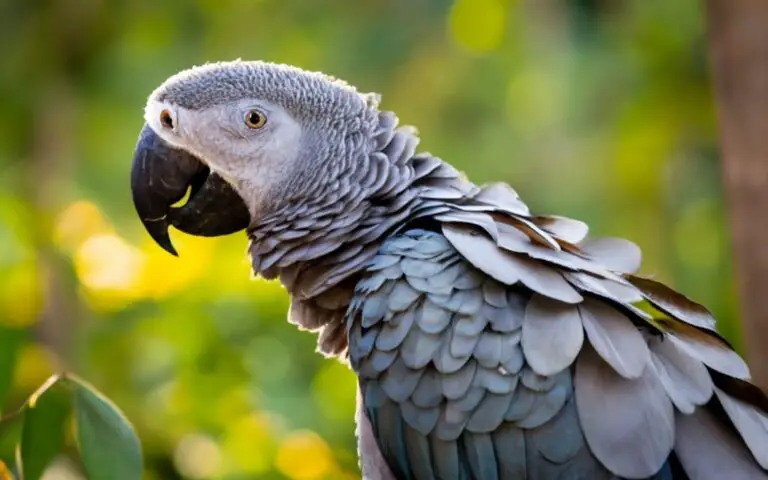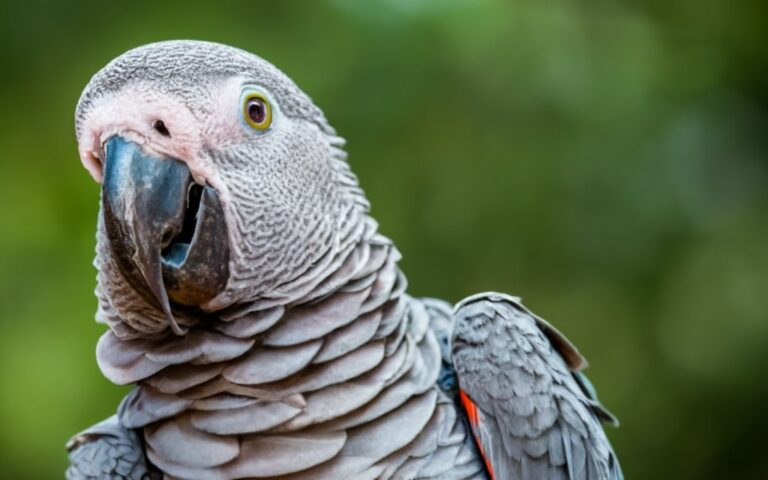How Can I Prevent Beak Problems In My African Grey Parrot?
Key Takeaways:
- Monitor your African Grey Parrot’s diet and ensure it includes a variety of fresh fruits and vegetables.
- Provide your parrot with appropriate toys and mental stimulation to prevent overgrown beaks.
- Schedule regular visits to an avian veterinarian to check for any signs of beak problems.
- Avoid using excessive force or sharp objects when trimming your parrot’s beak; seek professional help if needed.
Do you have an African Grey Parrot as a beloved companion? If so, you probably want to do everything in your power to keep them healthy and happy.
One important aspect of their well-being is the health of their beak.
Beak problems in African Grey Parrots can be both painful and distressing for your feathered friend. But fear not! In this article, we will explore the common beak problems that African Grey Parrots may encounter, the causes behind these issues, and most importantly, how you can prevent them.
So, let’s dive in and ensure that your feathered friend maintains a strong and healthy beak!
| Causes of beak problems | Preventive measures |
| 1. Malnutrition | – Provide a balanced diet consisting of fruits, vegetables, seeds, and pellets – Avoid feeding only seeds or high-fat foods |
| 2. Lack of proper beak care | – Provide a variety of toys, such as wooden blocks and soft materials, for beak exercising – Regularly check and trim overgrown beaks by a professional avian veterinarian |
| 3. Injury or trauma | – Provide a safe and supervised environment to prevent accidents – Take immediate action if any injury occurs and consult a veterinarian |
Understanding beak problems in African Grey Parrots
Beak problems in African Grey Parrots can be common and understanding them is important.
Common beak problems in African Grey Parrots
Common beak problems in African Grey Parrots can include overgrowth, malocclusion, and damage. Overgrowth occurs when the beak grows too long and can lead to difficulty eating and grooming.
Malocclusion is a misalignment of the upper and lower beak, causing problems with eating and preening.
Damage can result from trauma or improper chewing, leading to cracks or fractures. Regular monitoring and proper beak care are essential to prevent and address these issues.
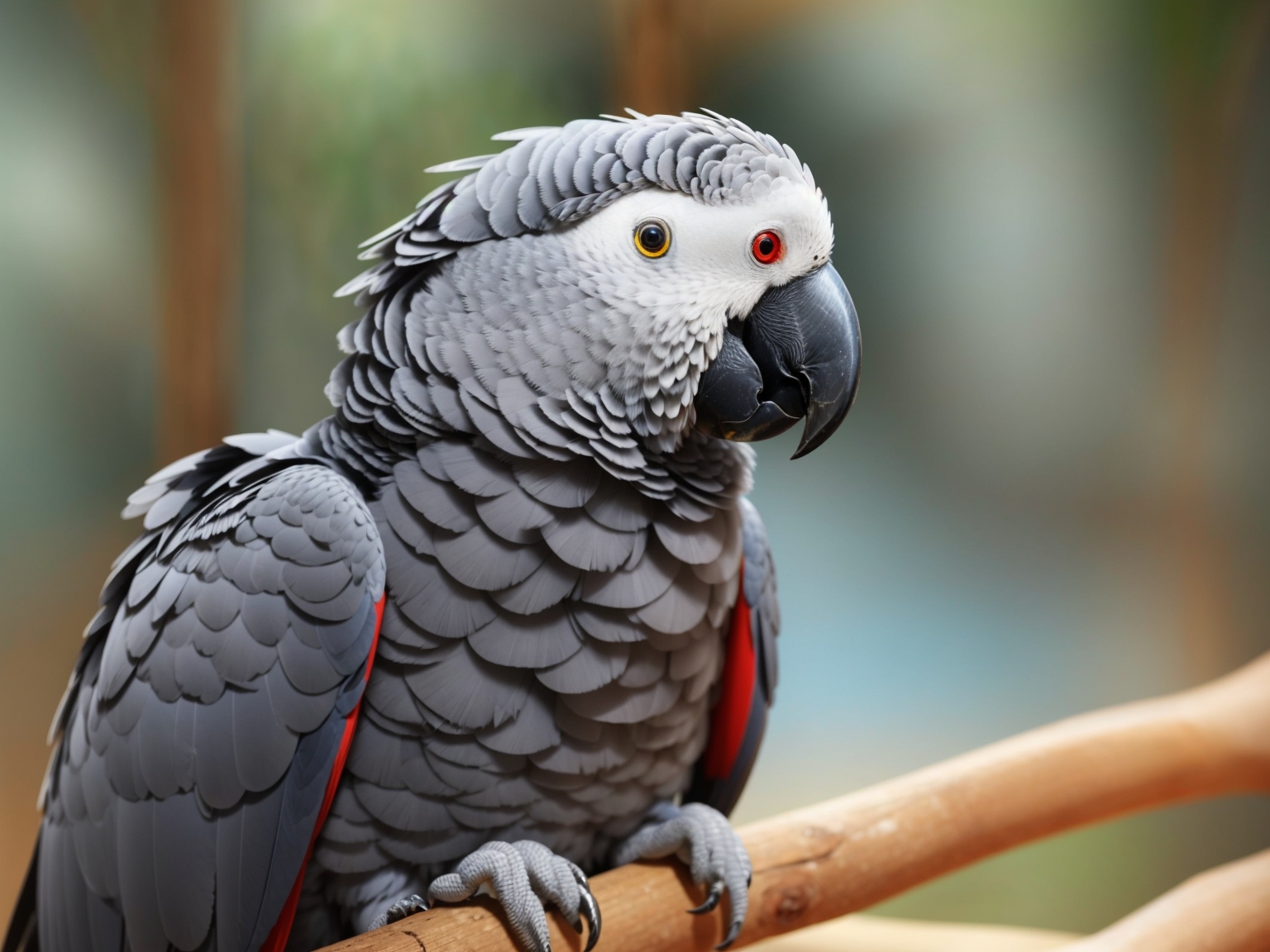
Causes of beak problems in African Grey Parrots
Beak problems in African Grey Parrots can occur due to various factors. Some common causes include improper diet, lack of beak exercise and enrichment, poor beak hygiene, genetic predisposition, and injury or trauma.
These factors can lead to issues such as overgrowth, malformation, infection, or damage to the beak.
Regular veterinary check-ups and proper care can help prevent and address beak problems in African Grey Parrots.
Maintaining a healthy diet for your African Grey Parrot
Maintaining a healthy diet is essential for your African Grey Parrot’s beak health.
Importance of a balanced diet for beak health
A balanced diet is vital for the health of your African Grey Parrot’s beak. Proper nutrition provides essential nutrients, such as vitamins and minerals, that support beak health and growth.
Nutrient deficiencies can weaken the beak, leading to problems like overgrowth, softening, or cracking.
Including a variety of fresh fruits, vegetables, and high-quality pellets in your bird’s diet will help maintain a healthy beak. Avoiding excessive consumption of seeds is also important, as they lack certain nutrients and can contribute to beak issues.
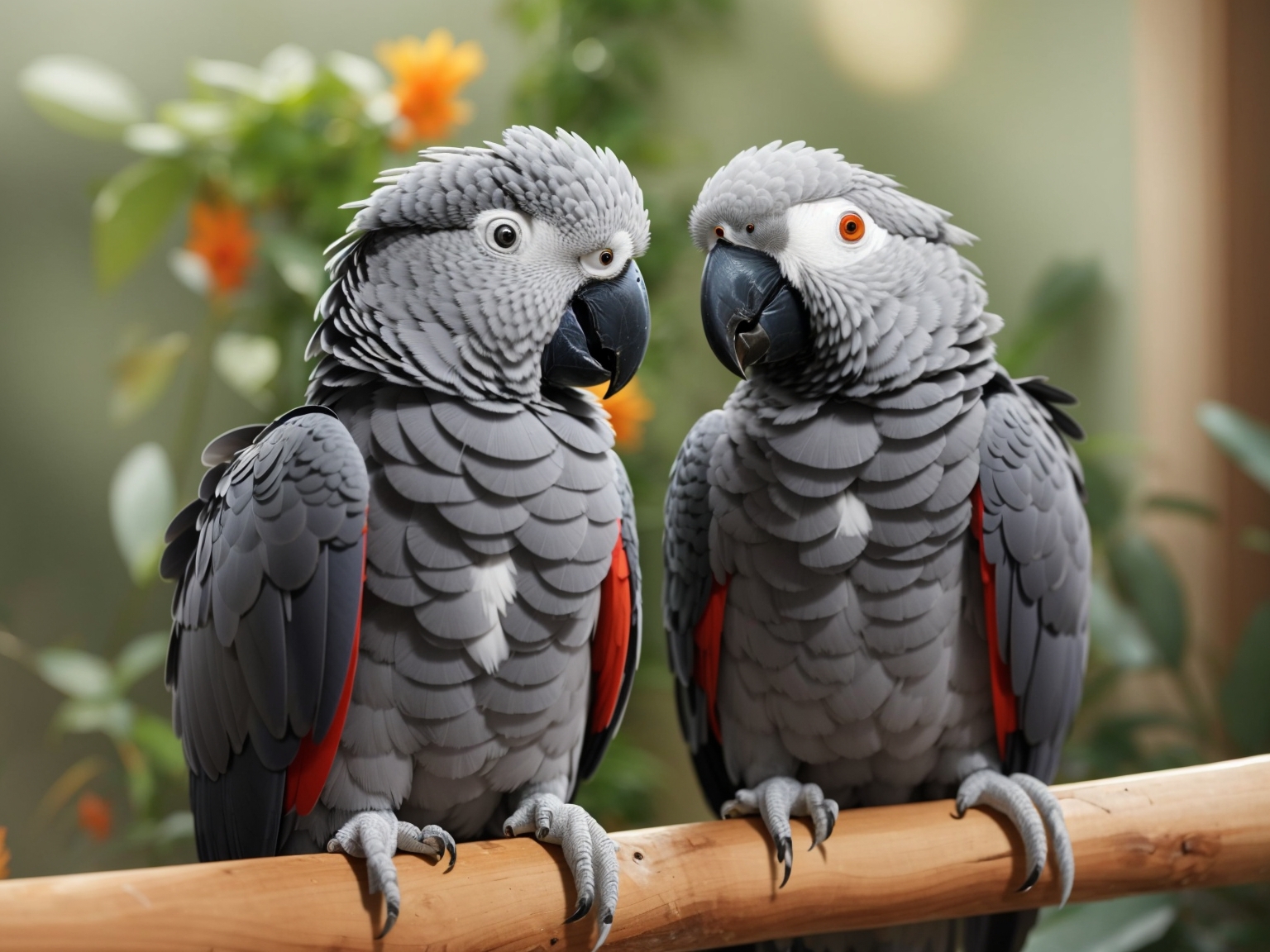
Recommended foods for beak health in African Grey Parrots
African Grey Parrots need a variety of foods for optimal beak health. Here are some recommended options:
- Hard Foods: Provide your parrot with hard foods that require chewing, such as nuts, seeds, and whole grains.
- Fresh Fruits and Vegetables: Include a variety of fresh fruits and vegetables in their diet, such as apples, carrots, kale, and broccoli. These foods provide essential vitamins and minerals.
- Calcium-rich Foods: African Grey Parrots benefit from calcium-rich foods like low-fat dairy products, fortified cereal, and leafy greens.
- Protein Sources: Offer lean sources of protein, such as cooked chicken, eggs, and tofu. These help maintain muscle strength and overall health.
- Pellet or Seed Mix: Consult your avian veterinarian for recommendations on commercially available pellet or seed mixes that specifically target beak health.
Remember to introduce new foods gradually and provide fresh water at all times. Variety is key to ensure they receive a balanced diet.
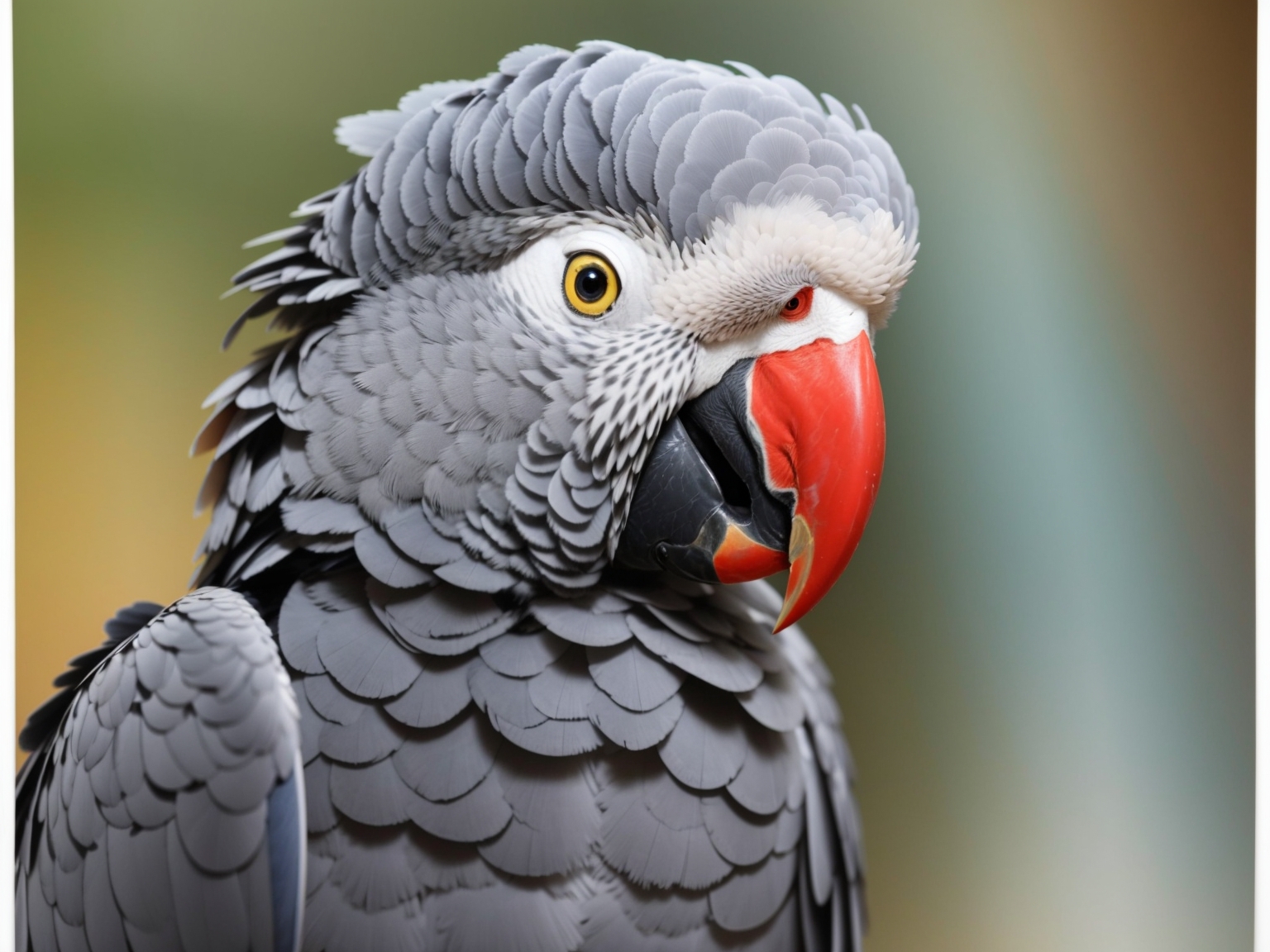
Avoiding foods that can cause beak problems in African Grey Parrots
Certain foods can contribute to beak problems in African Grey Parrots, so it’s important to avoid them. Here are some foods to steer clear of:
- Seeds with high fat content: Seeds like sunflower and pumpkin can be high in fat, which can lead to obesity and beak problems.
- Avocado: Avocado contains toxins that are harmful to birds, including African Grey Parrots. Avoid giving them any part of this fruit.
- Chocolate and caffeine: These contain substances that are toxic to parrots and can cause various health issues, including beak problems.
- Dairy products: Birds are lactose intolerant, so avoid giving them milk, cheese, or other dairy items. These can cause digestive issues and potentially impact their beak health.
- Highly processed or sugary foods: These can lead to obesity, which can increase the risk of beak problems in African Grey Parrots.

Promoting beak exercise and enrichment
To promote beak exercise and enrichment for your African Grey Parrot, provide appropriate chewing toys and encourage natural foraging behaviors.
Exercising the beak through play and social interaction is also important.
Providing appropriate chewing toys for your African Grey Parrot
Providing appropriate chewing toys for your African Grey Parrot is essential for their beak health and mental stimulation. Look for toys made of safe materials like natural wood or bird-safe plastic.
Include a variety of textures, shapes, and sizes to keep them engaged.
Some examples are wooden blocks, ropes, and foraging toys.
Encouraging natural foraging behaviors for beak health
To encourage natural foraging behaviors in your African Grey Parrot and promote beak health, you can:
- Hide treats and food in various parts of your bird’s enclosure to stimulate their instinct to search for food. This mimics their natural foraging behavior in the wild.
- Use foraging toys and puzzles that require your parrot to work for their food. This engages their beak and mind while satisfying their natural foraging instincts.
- Provide your parrot with a variety of textures and materials to explore and manipulate, such as natural branches, coconut shells, or cardboard boxes. This encourages beak exercise and prevents boredom.
- Scatter food on the ground or in a shallow dish to mimic ground foraging, allowing your African Grey to use their beak to search and gather food.
- Rotate and change the location of food and toys regularly to keep your parrot mentally stimulated and engaged in their natural foraging behaviors.
Remember, incorporating these practices into your parrot’s daily routine will help keep their beak healthy and satisfy their natural instincts.
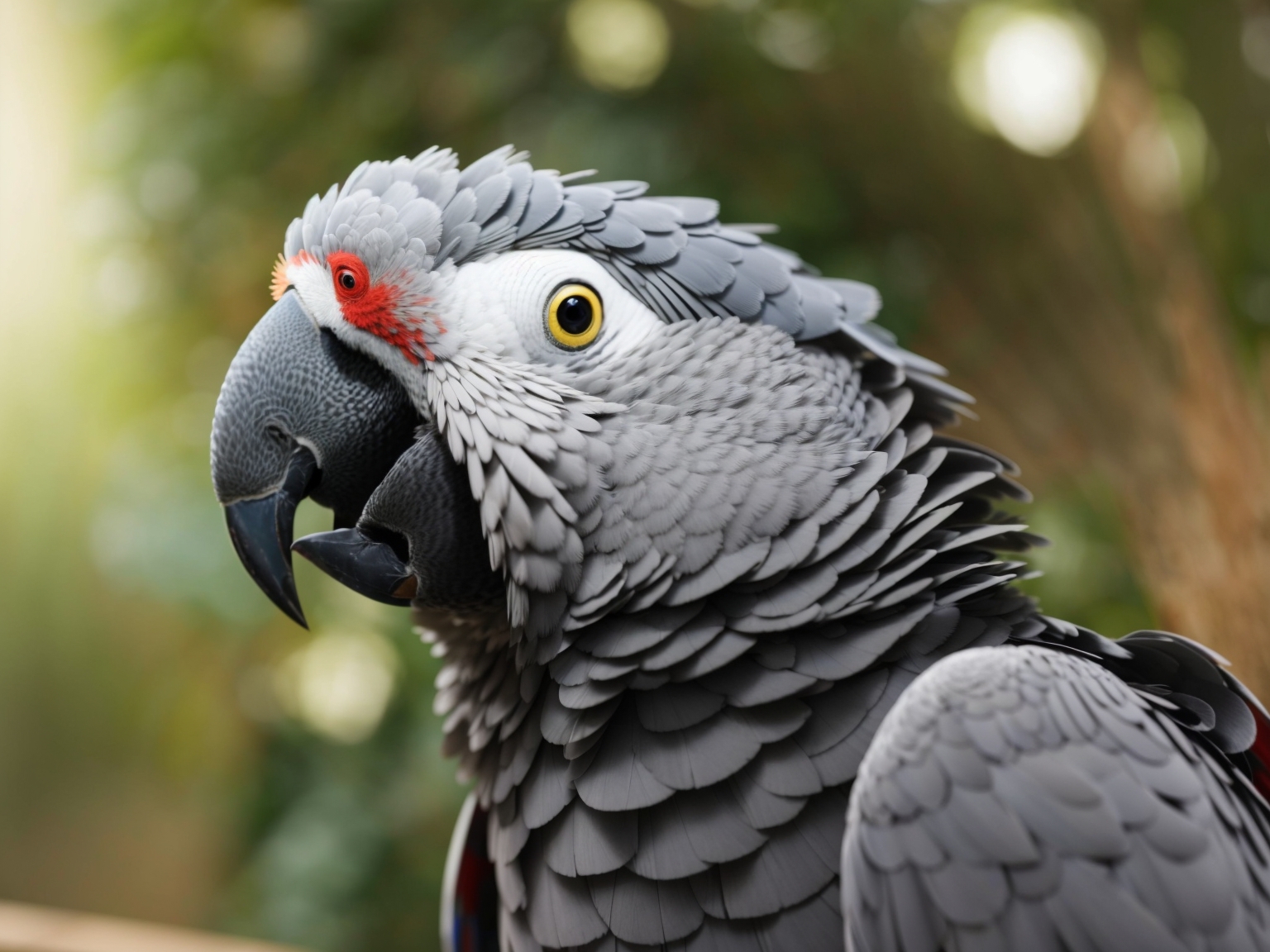
Exercising the beak through play and social interaction
Exercising the beak through play and social interaction is essential for the overall health and wellbeing of your African Grey Parrot. It helps to keep their beak strong and prevents potential beak problems.
Here’s how you can encourage beak exercise:
- Provide a variety of safe and appropriate chewing toys for your parrot to play with. This will keep them engaged and give them something to chew on, promoting healthy beak exercise.
- Encourage natural foraging behaviors by hiding treats or food in puzzle toys or wrapping them in paper strips. This stimulates their instinct to search and explore, providing exercise for their beak and mind.
- Engage in interactive play with your parrot. You can use toys that require them to manipulate or shred them, providing an opportunity for beak exercise.
- Social interaction is important too. Spending quality time with your parrot, talking, and interacting with them will help keep their beak active. They may chew or nibble during these interactions, which is a natural and beneficial behavior for their beak.
Remember, beak exercise through play and social interaction is not only physically beneficial but also mentally stimulating for your African Grey Parrot. By incorporating these activities into their daily routine, you can help maintain their beak health and overall happiness.
Ensuring proper beak hygiene and grooming
To ensure proper beak hygiene and grooming, it’s important to incorporate regular cleaning techniques and maintain a clean environment.
Importance of maintaining a clean environment for beak health
Maintaining a clean environment is crucial for the overall health of your African Grey Parrot’s beak. A dirty environment can lead to the accumulation of bacteria and food particles, which can cause beak problems like infections or overgrowth.
Regular cleaning helps prevent these issues and ensures your parrot’s beak stays healthy and functional.
Recognizing the signs of beak problems and seeking veterinary care
It’s important to be able to recognize the signs of beak problems in your African Grey Parrot and seek veterinary care as needed.
Common symptoms of beak problems in African Grey Parrots
Common symptoms of beak problems in African Grey Parrots include overgrowth or elongation of the beak, chipped or cracked beak, misalignment of the beak, difficulty in eating or picking up food, bleeding or sores on the beak, and changes in beak color or texture.
Additionally, a parrot may show signs of pain, such as rubbing or scratching the beak excessively.
Treatment options for beak problems in African Grey Parrots
There are several treatment options available for beak problems in African Grey Parrots. Here are some common approaches:
- Beak Trimming: A veterinarian can trim the beak to correct any overgrowth or misalignment. This should be done by an experienced professional to ensure the safety and comfort of your parrot.
- Medication: In some cases, medication may be prescribed to treat underlying infections or inflammation that could be causing beak problems. Follow the veterinarian’s instructions carefully.
- Dietary Changes: Adjusting your parrot’s diet to include foods that promote beak health can help improve the condition. Consult with a veterinarian or avian nutritionist for guidance on the best diet for your African Grey Parrot.
- Behavioral Modification: If a beak problem is caused by repetitive behaviors or self-mutilation, behavior modification techniques may be recommended. This could involve environmental changes or introducing alternative activities to distract your parrot from destructive behaviors.
Final Verdict
Preventing beak problems in African Grey Parrots requires a combination of proper diet, exercise, hygiene, and regular veterinary care.
Providing a balanced and nutritious diet, along with appropriate chewing toys and opportunities for natural foraging behaviors, will help keep the beak healthy and strong.
Regular beak cleaning and maintaining a clean environment are also crucial.
It is important to recognize the signs of beak problems and seek veterinary care promptly, as early intervention can lead to successful treatment.
By implementing these preventive measures, you can ensure the long-term health and well-being of your African Grey Parrot.


